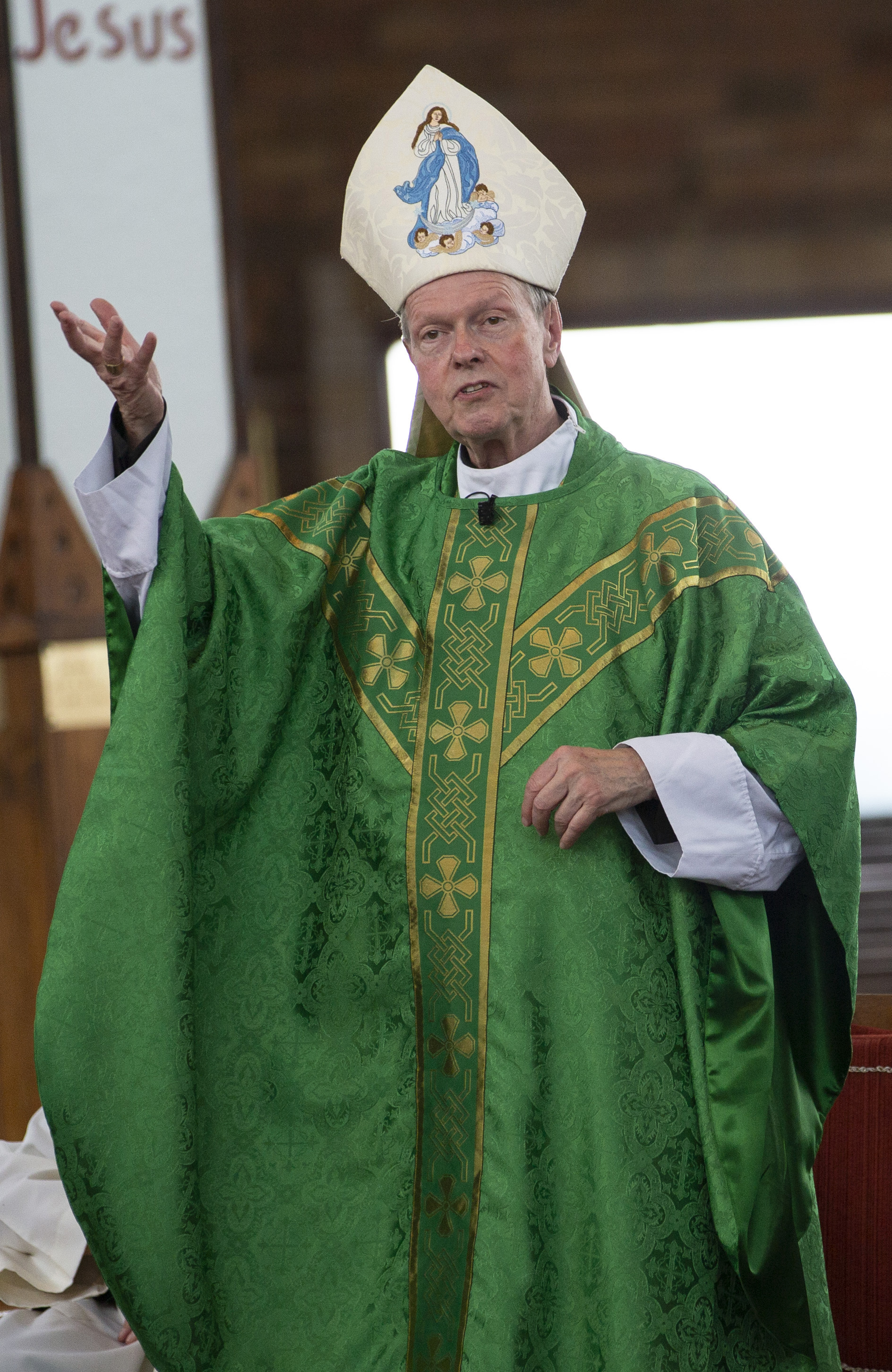April 6, 2018 at 1:53 p.m.
Entertainment Column
Mr. Rogers' neigh-borhood
I grew up loving a posse of cowboys that included Hopalong Cassidy, the Lone Ranger and Wyatt Earp. But at the head of the galloping gang, aboard a rearing Trigger, was Roy Rogers.
When Roy died recently, it was a sorrowful moment for us baby-boomers. I suspect some of us felt his passing even more keenly than we did the departure of Frank Sinatra. After all, the King of the Cowboys kept a marriage intact for half-a-century, raised a passel of kids (natural, adopted and foster) and still sang as sweetly as Old Blue Eyes.
If you study Roy's life, you find something admirable at every turn. For openers, he yanked himself up by his cowpoke boot straps, rising from a fruit-picking, guitar-picking poor boy to one of the leading stars of Hollywood. In 100 movies and just as many TV shows, he stubbornly kept to a simple formula: Be worthy of the white hat on your head.
Family man
In his family life, Roy verged on sainthood. When his first wife died shortly after giving birth, the movie star became a single dad, struggling to raise his three children alone. When he married Dale Evans, they found happiness by bringing joy to others. But visiting hospitals and orphanages wasn't enough for them; they also brought home some of the contents.
Eventually, on top of his and her children from previous marriages, the Rogers clan included a baby girl with Down Syndrome (Roy and Dale's only natural child), a boy with emotional troubles, an American Indian orphan, a Korean orphan and a Scottish foster daughter.
In an era when children with mental and emotional difficulties were hidden in attics or shunted off to institutions, Roy and Dale proudly displayed their kids. On a recent special about him, he recalled personal appearances when he never saw a Down Syndrome child in the throng of admiring youngsters; that changed when he and his wife kept their daughter at home and Dale wrote a book about her. Suddenly, parents brought their own disabled kids to rodeos to wave as the rhinestone cowboy rode by.
When three of their children died, the couple weathered their losses with the aid of religion. "May the Good Lord take a liking to you," was Roy's sign-off slogan, and he was mature enough in his faith to know that God's love sometimes came through tragedies.
Neighborhood
With Roy and Dale, we children of the Fifties got an extended clan that included grandfatherly Gabby Hayes, Uncle Pat Brady, the Sons of the Pioneers and even Bullet the Wonder Dog. They lived in a place that seemed always sunny (Roy's squint proved that) but ever in need of some quick fists to persuade rustlers that Mr. Rogers' neighborhood wasn't big enough for them and us.
It's become popular to disdain Roy's era, to mock it as a hypocritical time that presented a phony image. A recent documentary about Ozzie and Harriet Nelson tried (and failed) to paint them as much less than their squeaky clean TV image. But if they faced the same family difficulties we all face and remained a loving family, is that phony, or is that what we all want?
And it's the polar opposite of phony for a man who plays the all-American hero to love his wife for 50-plus years, to kiss all of his children regardless of how they look, and to credit God for his successes and his ability to withstand his losses.
Regardless of our origins, we can choose whether our lives are lived on mean streets or along happy trails. Despite his childhood poverty, being widowed when he was just married and having to mourn three dead children, Roy Rogers chose to mount up and gallop along a happy trail. May it lead him right into heaven. (07-16-98)
[[In-content Ad]]
MORE NEWS STORIES
- Pope welcomes young people to Rome for jubilee, thanks media for promoting truth
- Pope appeals to leaders with power to end wars to start peace talks
- Warsaw archbishop ‘devastated, crushed’ by priest’s arrest in brutal murder of homeless man
- Alligator Alcatraz, Carlo Acutis mosaic, scooter-riding catechist | Week in Review
- Washington Roundup: Epstein controversy boils; Trump signs order on homelessness; and more
- UPDATE: Detroit archbishop fires three theologians from Sacred Heart Seminary
- Report: FBI surveilled SSPX priest amid probe of suspected neo-Nazi’s plans for violence
- Tension emerges between Trump immigration policies and agricultural industry
- Children of Catholic OB-GYN behind Creighton fertility care model follow in his footsteps
- LA archbishop, joined by business leaders, starts fund to help families affected by ICE raids







Comments:
You must login to comment.